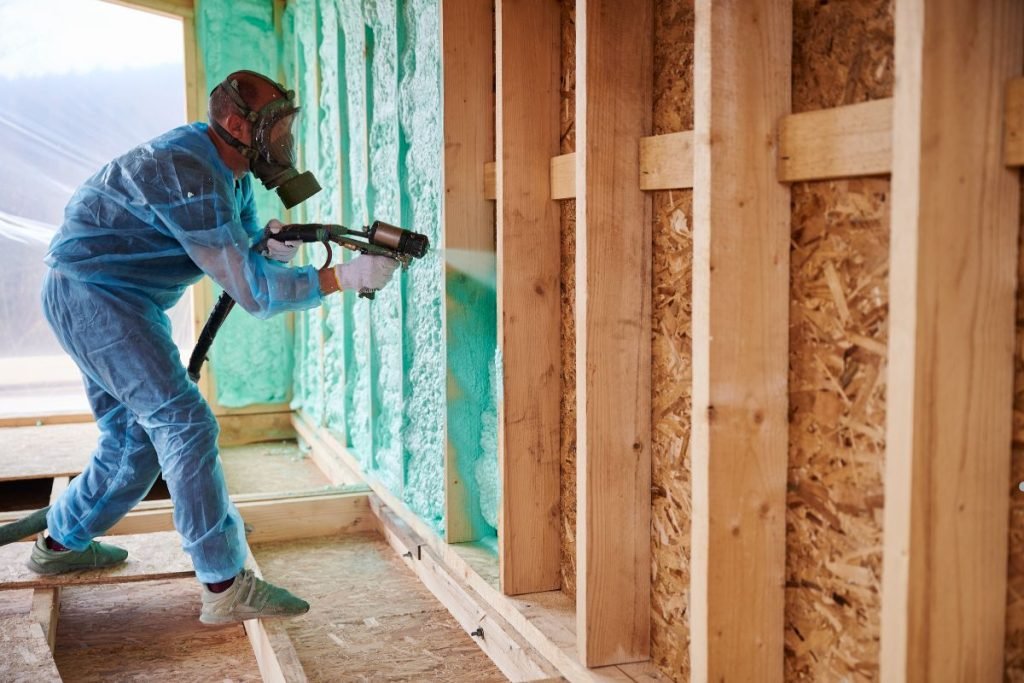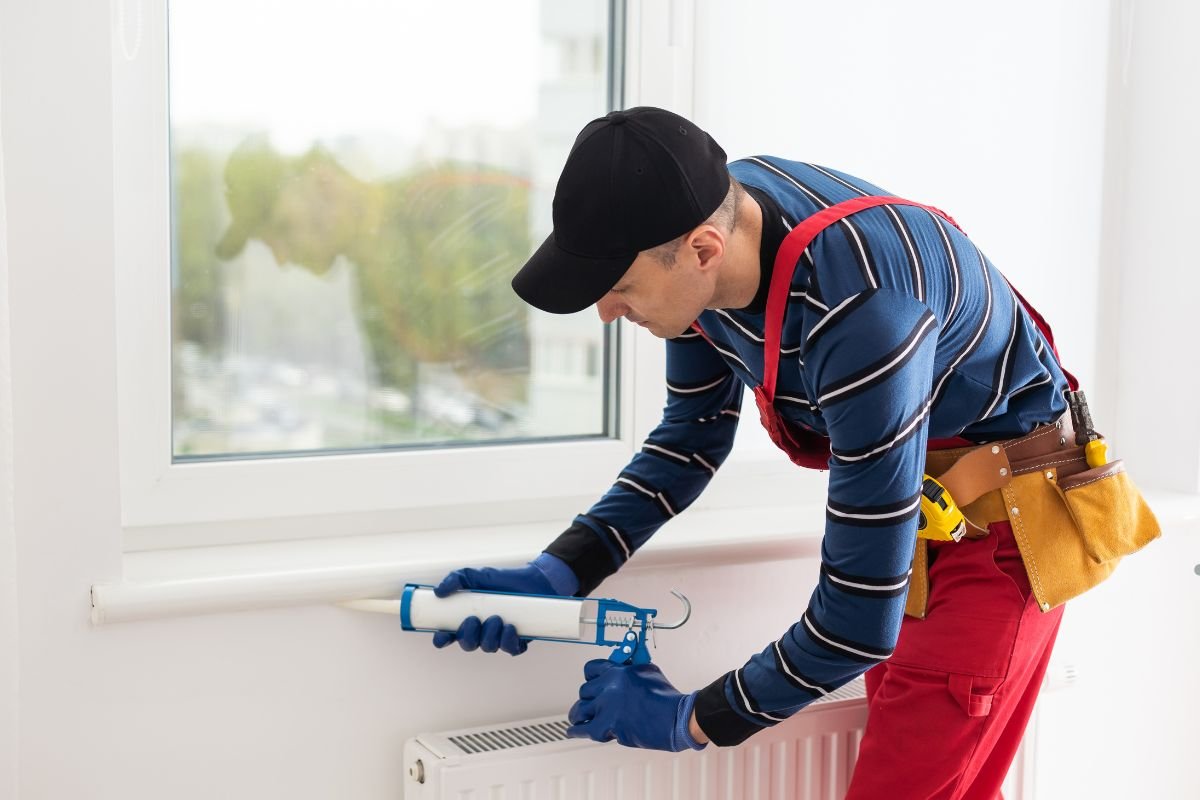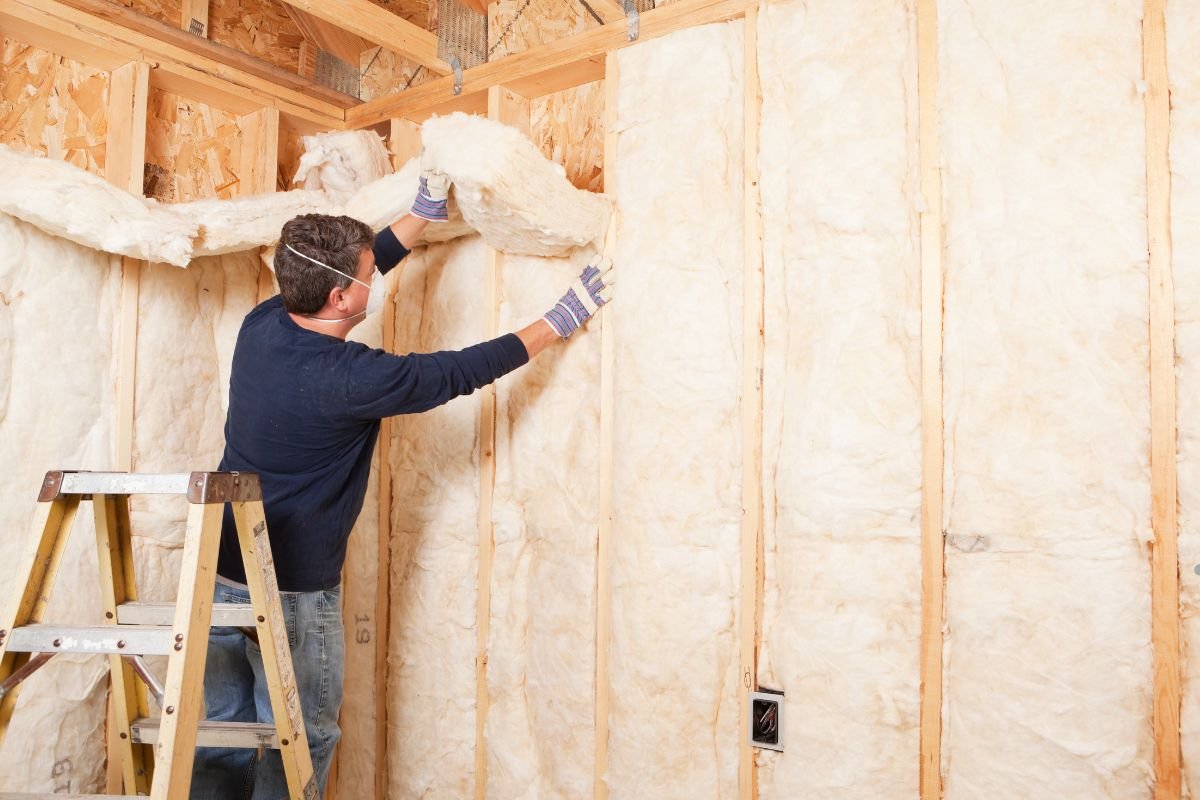
Are you tired of high energy bills and uncomfortable rooms? Modern insulation techniques offer a powerful solution, delivering significant energy savings, enhanced comfort, improved air quality, and even noise reduction. This comprehensive guide will walk you through everything you need to know about making the best insulation choices for your home.
The Importance of Insulation in Today’s Homes

Insulation is no longer just about keeping your home warm in the winter. In today’s world, with rising energy costs and increasing environmental concerns, insulation plays a crucial role in creating comfortable, energy-efficient, and healthy living spaces. Proper insulation acts as a barrier, preventing heat transfer between the inside and outside of your home. This translates to less reliance on your heating and cooling systems, which means lower energy bills and a reduced carbon footprint. For more insights, check out our previous blog, “Debunking Misconceptions in the Insulation Industry: A Guide for USA Homeowners.”
Decoding R-Value: A Homeowner’s Guide
The effectiveness of insulation is measured by its R-value. R-value indicates the thermal resistance of a material – the higher the R-value, the better the insulation’s ability to resist heat flow. Understanding R-value is crucial when selecting insulation for different areas of your home. The required R-value varies depending on your climate zone, the area being insulated (attic, walls, floors), and local building codes. [Link to an external resource about R-value requirements by climate zone – Anchor Text: “climate zone”].
Consider upgrading your insulation for year-round comfort. Call us today for a free consultation!”
Exploring Different Types of Insulation
Choosing the right type of insulation can feel overwhelming. Here’s a breakdown of some common options:
- Fiberglass Insulation: A widely used and affordable option, fiberglass comes in batts, rolls, and loose-fill forms. It’s effective for insulating attics, walls, and floors.
- Cellulose Insulation: Made from recycled paper, cellulose is an eco-friendly choice. It’s typically blown into attics and walls and offers excellent thermal performance.
- Spray Foam Insulation: This type of insulation expands to fill gaps and cracks, creating an airtight seal. Spray foam is highly effective for insulating walls, attics, and crawl spaces.
- Mineral Wool Insulation: Made from rock or slag, mineral wool is fire-resistant and offers excellent soundproofing qualities.
- Radiant Barrier Insulation: Designed to reflect radiant heat, radiant barriers are often used in attics to reduce cooling costs in hot climates.
Lower Energy Bills: Saving Money with Insulation
One of the most significant benefits of modern insulation is the potential for substantial energy savings. By reducing heat loss in the winter and heat gain in the summer, insulation minimizes the workload on your HVAC system. This translates to lower monthly energy bills, putting more money back in your pocket. Over time, the savings can easily offset the cost of insulation installation.
Enhanced Home Comfort: A Consistent Temperature
Proper insulation creates a more comfortable living environment by maintaining a consistent temperature throughout your home. It eliminates drafts, cold spots, and temperature fluctuations, making every room feel more inviting. Say goodbye to shivering in the winter and sweltering in the summer!
Improved Air Quality: Reducing Allergens and Pollutants
Insulation can also contribute to better indoor air quality. By sealing gaps and cracks, it reduces the infiltration of allergens, pollutants, and dust from outside. This is especially beneficial for individuals with allergies or respiratory sensitivities. Some types of insulation, like spray foam, can also help prevent mold and mildew growth by controlling moisture levels.
Breathe easier with improved air quality! Call us to discuss insulation options for a healthier home.”
Noise Reduction: Creating a Quieter Home
If you’re bothered by outside noise or noise traveling between rooms, insulation can help. Certain types of insulation, such as mineral wool and spray foam, have excellent sound-dampening properties. They can significantly reduce noise transmission, creating a more peaceful and relaxing home environment.
Environmental Impact: Going Green with Insulation
Choosing the right insulation can also have a positive impact on the environment. Many insulation materials, such as cellulose, are made from recycled content. By reducing energy consumption, insulation also helps lower carbon emissions and conserve natural resources. Making eco-friendly insulation choices is a win-win for your wallet and the planet.
Where to Insulate: Key Areas in Your Home
Not all areas of your home require the same level of insulation. Here are some key areas to focus on:
- Attic Insulation: The attic is often the biggest source of heat loss in the winter and heat gain in the summer. Proper attic insulation is essential for energy efficiency.
- Wall Insulation: Insulating exterior walls can significantly reduce energy consumption and improve comfort.
- Crawl Space Insulation: An uninsulated crawl space can lead to cold floors and moisture problems, affecting the comfort and health of your home. Learn more about crawl space insulation and how it can improve your home’s efficiency.
- Basement Insulation: Insulating basement walls can help create a more comfortable and usable living space.
- Floor Insulation: Insulating floors, especially over unheated spaces, can prevent cold drafts and improve energy efficiency.
Signs You Need New or Improved Insulation

How do you know if your home needs new or improved insulation? Here are some common signs:
- High energy bills
- Drafts or cold spots
- Uneven temperatures throughout the house
- Ice dams on the roof
- Condensation on windows
- Visible gaps or cracks around windows and doors
If you notice any of these signs, it’s time to inspect your insulation and consider an upgrade.
Finding a Qualified Insulation Professional
While some insulation projects can be tackled DIY, it’s often best to hire a qualified insulation contractor. Look for a contractor with experience, a good reputation, and proper licensing and insurance.
Questions to Ask Before Hiring
Before hiring an insulation contractor, be sure to ask these important questions:
- Are you licensed and insured?
- What types of insulation do you recommend for my home?
- What is the R-value of the insulation you recommend?
- How long will the project take?
- What is the total cost of the project?
- Do you offer a warranty on your work?
Get written estimates from multiple contractors before making a decision.
The Pros and Cons of DIY Insulation
DIY insulation can save you money on labor costs, but it’s not without its challenges. It requires time, effort, and some basic knowledge of construction and safety procedures.
Why Professional Installation is Often the Best Choice
Professional insulation installers have the experience, expertise, and equipment to get the job done right. They can ensure proper installation, which is crucial for maximizing the benefits of insulation. They can also handle complex projects and address any potential problems that may arise. While professional installation may cost more upfront, it can save you money in the long run by ensuring optimal performance and preventing costly mistakes.
Calculating the Cost of Insulation
The cost of insulation varies depending on several factors, including the type of insulation, the area being insulated, and the complexity of the project. Get multiple quotes from qualified contractors to get a better understanding of the costs involved.
The Return on Investment of Insulation
While insulation requires an initial investment, it pays for itself over time through energy savings. The return on investment (ROI) of insulation can be significant, especially in older homes with inadequate insulation. In addition to saving money on energy bills, insulation can also increase your home’s value.
Debunking Insulation Misconceptions
There are many myths and misconceptions about insulation. For example, some people believe that insulation makes a home airtight, which can lead to ventilation problems. In reality, proper ventilation is essential, regardless of the type of insulation used. Another common myth is that all insulation is the same. As we’ve discussed, there are many different types of insulation, each with its own unique properties and benefits.
Investing in Insulation: A Smart Home Improvement Choice
Modern insulation techniques offer a wide range of benefits, from lower energy bills and enhanced comfort to improved air quality and noise reduction. By investing in insulation, you can create a more comfortable, energy-efficient, and healthy living space for you and your family. It’s a smart home improvement choice that will pay dividends for years to come.
Ready to experience the benefits of modern insulation? Contact us today for a free consultation and estimate!”
Frequently Asked Questions About Insulation
How long does insulation last?
The lifespan of insulation varies depending on the type of material and the conditions in your home. However, most types of insulation will last for many years, if not decades.
What is the best type of insulation for my home?
The best type of insulation for your home depends on several factors, including your climate, the area being insulated, and your budget. A qualified insulation contractor can help you choose the right insulation for your specific needs.
How much does it cost to insulate an attic?
The cost to insulate an attic varies depending on the size of the attic and the type of insulation used. Contact several contractors for estimates.
Can insulation help with noise reduction?
Yes, certain types of insulation, such as mineral wool and spray foam, can significantly reduce noise transmission.
